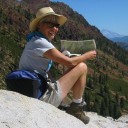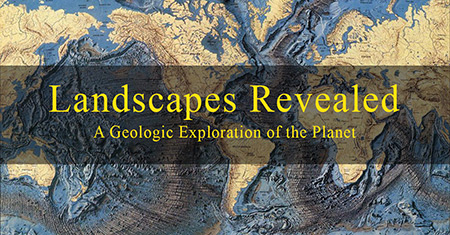Traversing the Swiss Alps on the Haute Route—the western end
The Haute Route was established as a route for skiers but is now also very popular for hikers in the summer. The route extends from Chamonix (France) to Zermatt (Switzerland). There are many variations on the route; most people choose a 7–14 day transect that could include "short cuts" of chair lifts, trains and/or buses. The map below (from https://www.pinterest.com/pin/205828645448998187/)...
The second highest mountain range in the world—and still rising
After the Himalayas, the Andes Mountains are the second highest range in the world—but you have to go to the right place. Many parts of the Andes are beautiful but have elevations more similar to other, relatively low-elevation subduction-zone ranges like the Cascades in the Pacific NW (USA). But at 6964 meters (22,841 feet), Alconcagua is the highest peak in...
- « Previous
- 1
- 2
About the Blogger
 Karen (here with Mt. Shasta in background) is a geology professor emerita who aims to provide a "pocket geologist" for world travelers. Follow the blog to explore the landscapes of our planet and figure out what causes them to look the way they do.
Karen (here with Mt. Shasta in background) is a geology professor emerita who aims to provide a "pocket geologist" for world travelers. Follow the blog to explore the landscapes of our planet and figure out what causes them to look the way they do.



